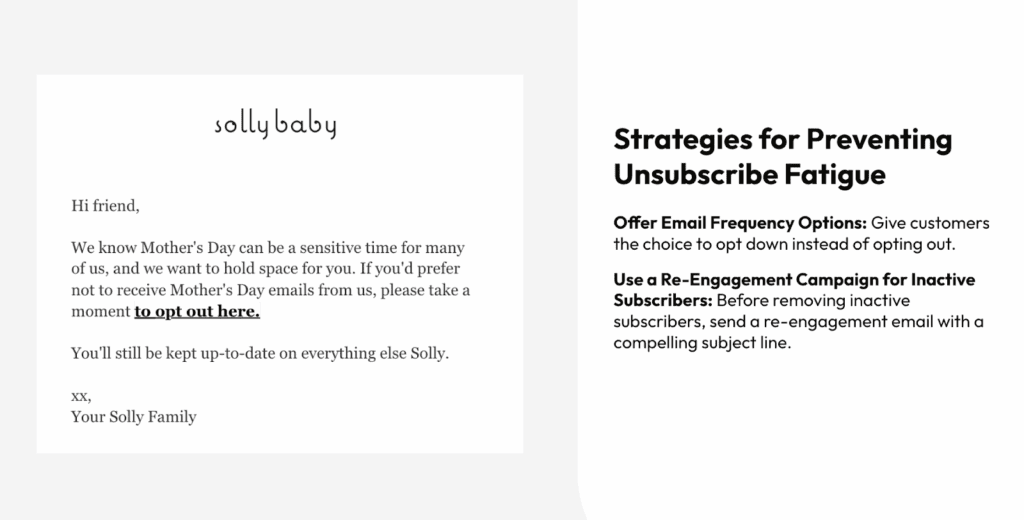Home / Blog / Customer Lifetime Value: The Key to Profitability When CAC Keeps Rising
Conversion Rate Optimization digital marketing Go Fish Digital Integrated Marketing Strategy ltv Online Reputation Management
Customer Lifetime Value: The Key to Profitability When CAC Keeps Rising

Published: September 30, 2025
Share on LinkedIn Share on Twitter Share on Facebook Click to print Click to copy url

Contents Overview
Customer acquisition costs (CAC) have been rising for years, and there is little evidence that trend will reverse. Every quarter, it takes more budget to bring in new customers, which means even when revenue looks healthy on paper, profit margins often tell a different story.
The solution is not simply to cut spend or chase cheaper clicks. The path forward is to reframe growth through the lens of customer lifetime value (LTV). When brands focus on LTV, they shift from asking “How do we get more customers?” to “How do we make every customer worth more?”
Why Customer Lifetime Value Matters
LTV looks beyond the first transaction and measures the total value a customer contributes across their entire relationship with your brand. This shift matters because it changes how teams think about growth.
Higher acquisition costs become sustainable when each customer generates more value over time. Retention and loyalty stop being “nice-to-haves” and become central profit drivers. Most importantly, LTV is the metric that speaks to finance leaders. A CFO may not care about clicks, but they care deeply about margins and profitability.
Put simply, lifetime value turns retention from a cost center into a profit engine.
How Brands Grow LTV
An LTV-first approach is not theoretical. It plays out in specific strategies that raise retention, increase order value, and make brands harder to walk away from.
Some companies lean heavily on loyalty programs and subscriptions. Sephora’s Beauty Insider program rewards customers for repeat purchases and builds habit through tiered incentives. Petsmart’s autoship program locks in predictable revenue by making reorders effortless.
Others focus on upselling and cross-selling. Personalized recommendations, bundles, or simple checkout add-ons encourage customers to buy more without feeling pushed. Retargeting campaigns that highlight accessories or upgrades keep the brand top of mind and deepen usage.
And then there are brands that invest in content as a retention driver. Peloton is a perfect example. Its on-demand classes and community transform the product into a lifestyle. Tutorials, creator-led content, and live shopping events all work the same way: they make products indispensable.
Since every unsubscribe represents lost potential lifetime value, smart email practices are just as critical as loyalty perks or upselling strategies.
Strategies for Preventing Unsubscribe Fatigue
Offer Email Frequency Options
Let subscribers choose “less often” instead of leaving entirely. Options like weekly, monthly, or “only promotions” keep them engaged on their own terms.
Re-Engage Before Removing
Send a targeted campaign to inactive subscribers before taking them off your list. A strong subject line, personalized offer, or exclusive content can remind them why they signed up in the first place.
Personalize by Behavior
Use browsing history, abandoned carts, or loyalty milestones to trigger messages that feel relevant. When content matches intent, unsubscribe rates drop.
Acknowledge Sensitive Moments
Like Solly Baby’s Mother’s Day message, respecting emotional context builds trust and makes subscribers more likely to stick around.

Metrics That Matter More Than ROAS
Return on ad spend (ROAS) can look impressive in a dashboard, but it does not always tell the full story. A campaign that delivers a 3:1 ROAS may still be unprofitable if customers never return.
That is why brands serious about profitability focus on three core metrics:
- The LTV:CAC ratio, with 3:1 as a healthy benchmark.
- Contribution margin, which reveals profit after costs like shipping, discounts, and COGS.
- Incremental revenue, which isolates the revenue truly driven by media spend.
These metrics reveal whether campaigns are building sustainable growth or just chasing volume.
A Tale of Two Brands
Consider two skincare companies, both spending $40 to acquire a customer.
Brand A converts the customer once. The order totals $60, but by the time shipping and discounts are factored in, profit is negligible.
Brand B takes a different approach. It builds in loyalty perks, sends timely replenishment reminders, and creates educational content. That customer comes back four times in the year, generating $240 in lifetime value. Contribution margin grows with every repeat purchase.
Both brands started with the same CAC. Only one built a path to profitability.
What This Means for 2025
CAC is not dropping. The brands that win will be the ones that stop chasing quick clicks and start building durable value into every customer relationship. Creative, loyalty, and retention will become the true growth levers. Profitability will matter more than snapshots of ROAS.
FAQs About LTV and CAC
Should we cut spend when CAC spikes?
Not automatically. A balance of acquisition, loyalty, and retention is often more sustainable than cutting spend.
What is a good LTV:CAC ratio?
A 3:1 ratio is generally considered healthy, though it depends on your margin structure.
How do you measure LTV?
Cohort analysis is a simple starting point: average order value × repeat purchase rate × retention window.
Is this just for DTC brands?
No. Retail, SaaS, subscription models, and fitness businesses all benefit from lifetime value strategies.
The Bottom Line
Rising CAC is the cost of doing business in digital media today. The question is how brands respond. Those that reframe performance around profitability, extend customer value with retention, and align their teams around LTV will be the ones that thrive.
At Go Fish Digital, we help brands build LTV-first media strategies that transform acquisition costs into sustainable growth.
Talk with our team about building a customer-value strategy that drives sustainable growth.

About Lauren Lyster
As the Senior Vice President of Social Media, I lead a powerhouse team that drives performance across Paid Social, Organic Social, and Social Commerce. With 15+ years of experience, I focus on developing smart strategies that result in long-term growth, building powerful brands – and even stronger partnerships with our clients. I’m dedicated to helping brands navigate the ever-evolving social landscape through innovation, transparency, and a commitment to what works (not just what’s trending).
MORE TO EXPLORE
Related Insights
More advice and inspiration from our blog
Why Clicks Don’t Count: What the Best CMOs Are Tracking Now
Clicks don’t tell the whole story anymore. AI is reshaping how...
Kimberly Anderson-Mutch| August 05, 2025
4 Email Hacks to Improve ROI Short & Long Term
This is not just a post about email marketing. This is a...
Gregg Hecht| July 25, 2025
How To Use Screaming Frog’s “Include” Feature
Transcription: Hi, I’m Chris Long and welcome to another episode of...
Chris Long| July 25, 2025





